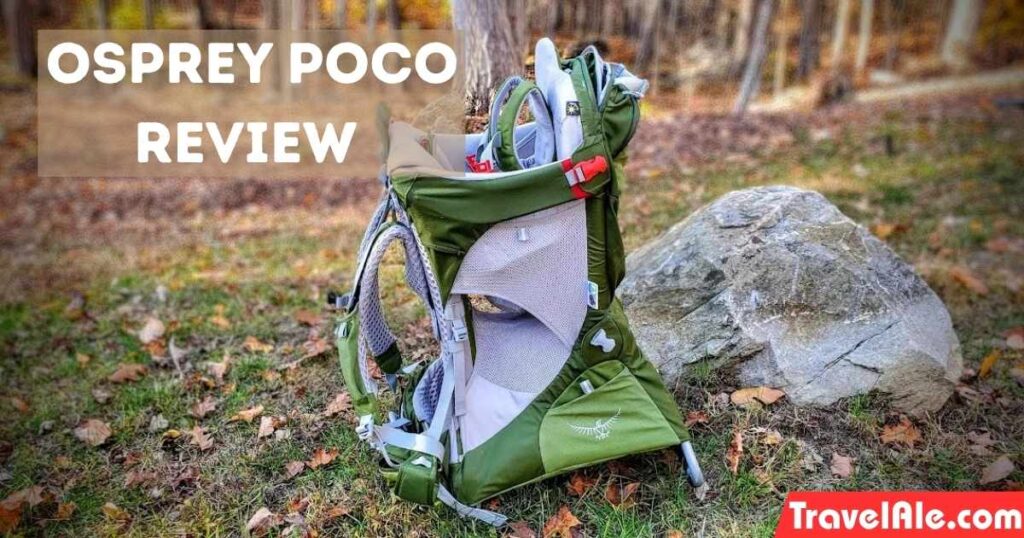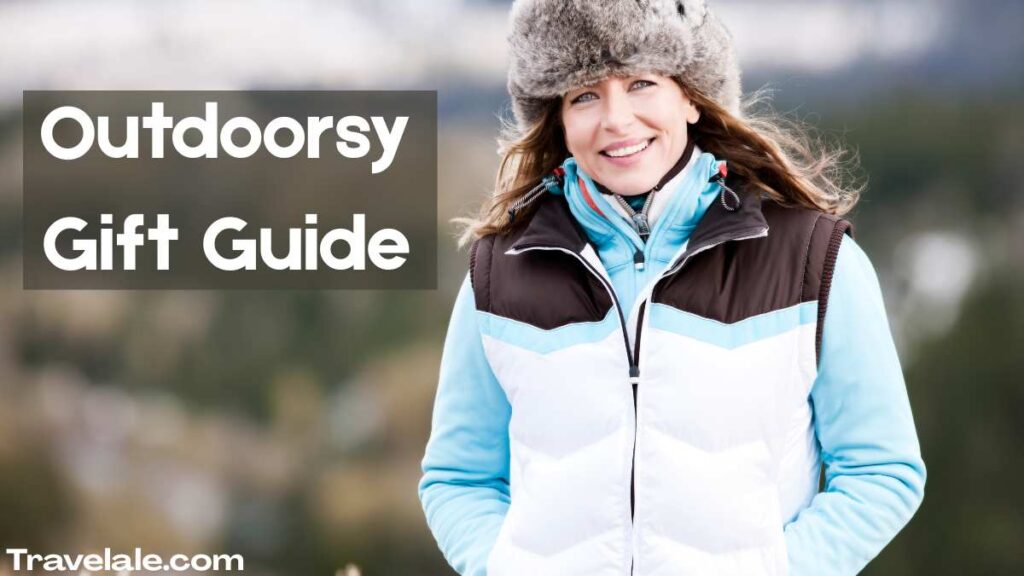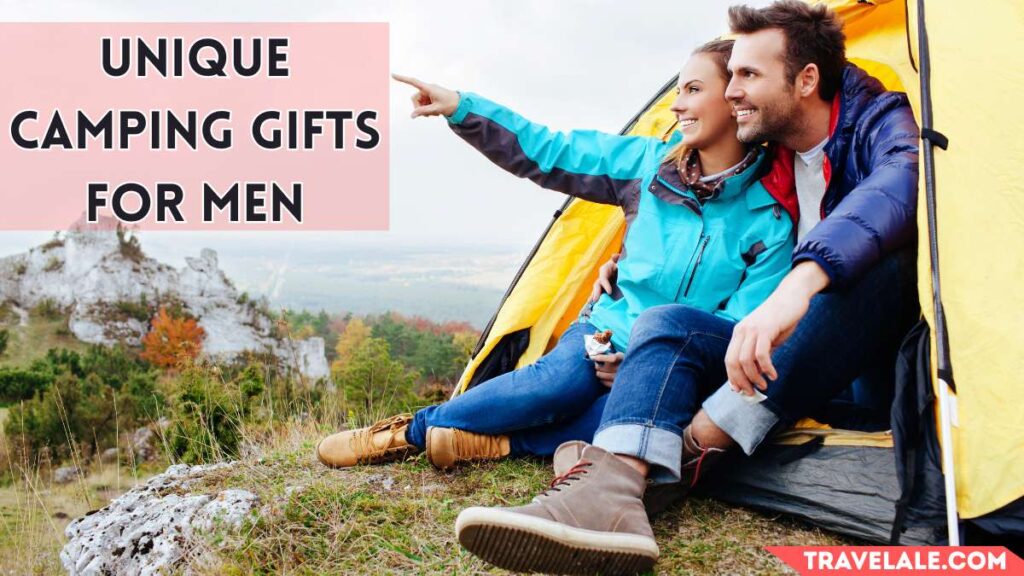Osprey Poco Review | The Ultimate Kid Carrier
For 4 years, the Osprey Poco Plus has been my go-to carrier for hiking with my kids—surviving hundreds of rugged hikes, long backpacked trips, and even international traveled adventures. What’s impressive? It held up while I was pregnant and comfortably carried both my children, proving its durability through every ringer. In this review, I’ll share why I love it, its key technical specs, and answer frequently asked questions about this child carrier.
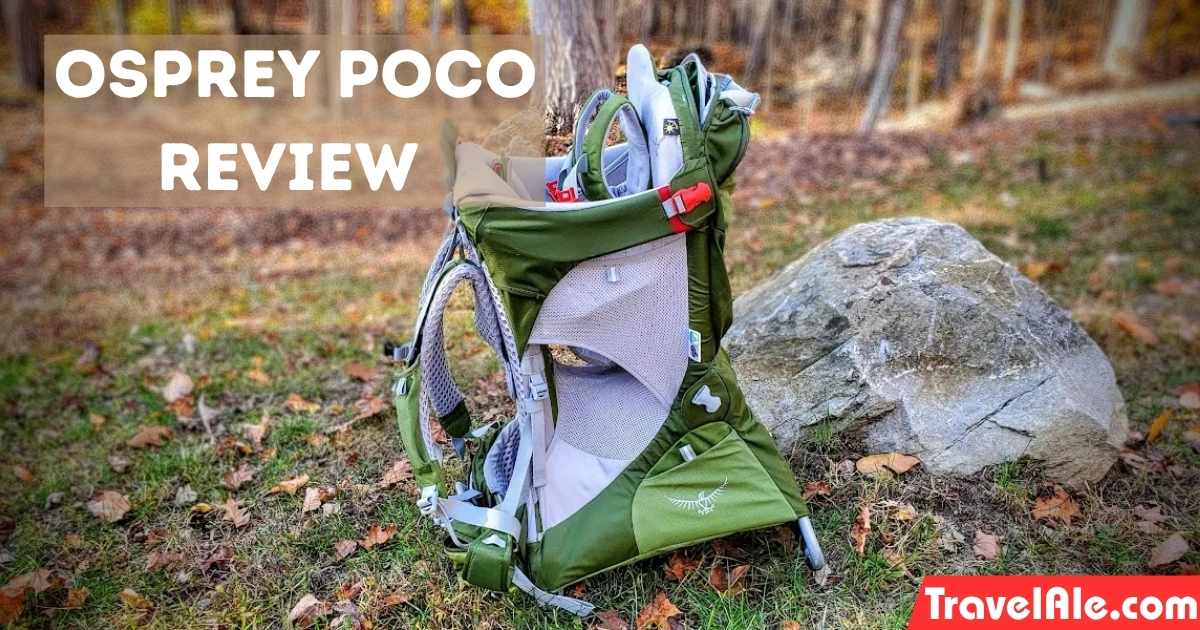
Osprey Poco Review
Understanding Framed Child Carriers
A framed carrier like the Osprey Poco Plus has an external frame that creates a sturdy structure, turning it into a secure seat or chair for your baby. Unlike soft structured carriers, these are designed for hiking, making them popular on the trail.
Your little one needs complete control of their head before they can ride (usually around 6 months old), but once they’re ready, they’ll love the higher vantage point—and you’ll appreciate how the weight shifts to your hips and legs for a comfortable carry.
Standout Features of the Osprey Poco Plus
The Osprey Poco Plus isn’t just any child carrier—it’s packed with smart features. You get zippered hip belt pockets, a water bladder sleeve, and a child harness that clips in the back (so no toddler escapes!). The adjustable child seat, built-in sun shade, and adjustable stirrups keep kids comfy, while storage pockets (both zippered and mesh) and adjustable torso length ensure it fits parents of different heights.
Osprey Poco | Key Features & Tech Specs
| Gear Capacity (L) | 26 liters |
|---|---|
| Fits Torso Length (in.)
Fits Waist/Hips |
15-22 inches
26-49 inches |
| Weight of Pack | 7 lbs. 14.4 oz. |
| Max. Weight (Child+Gear+Pack) | 48 pounds |
| Dimensions | 28.75 x 19 x 15.75 inches |
The following specs are sourced directly from REI’s official product listing.
Why It’s My Go-To Hiking Companion
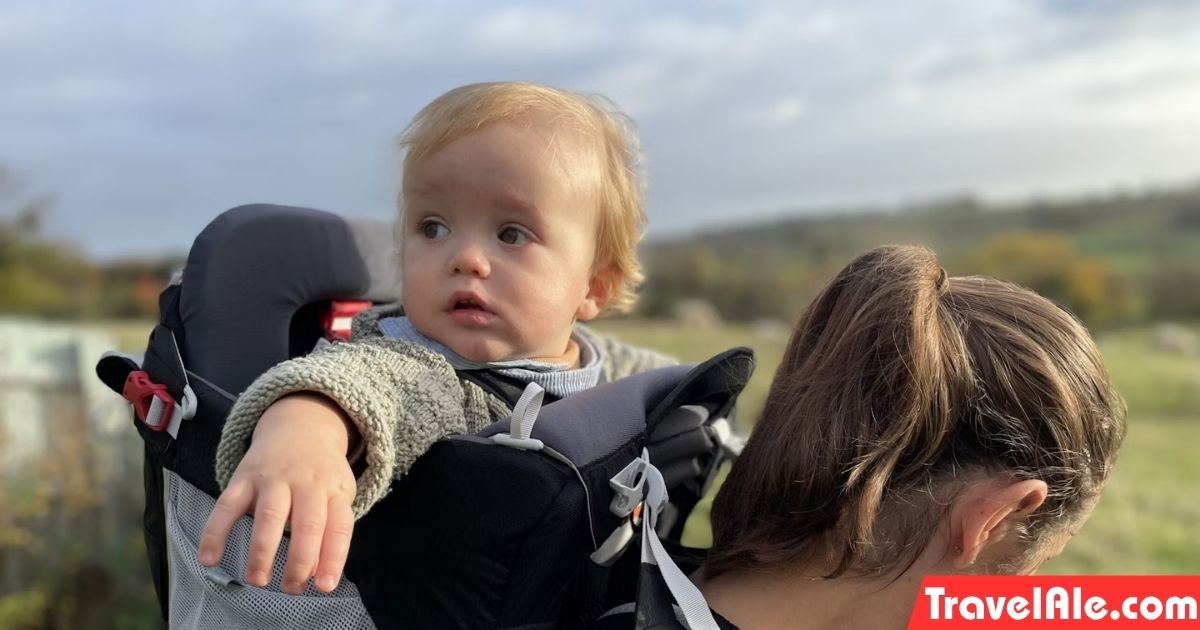
I love this carrier for hikes—its 26-liter capacity (the largest on the market) means I can pack everything. The sun shade is genius, with mesh panels for protection and a head rest, while the suspension system keeps me comfortable for hours. The rain cover is a lifesaver in rain, snow, or windy cold, trapping heat to keep my baby warmer.
And unlike other Poco models, the mesh water bottle pockets mean no struggling for bottles (though a water bladder works too). After years of rough use, the quality still impresses—no tears, broken zippers, or malfunctions.
A Few Drawbacks to Consider
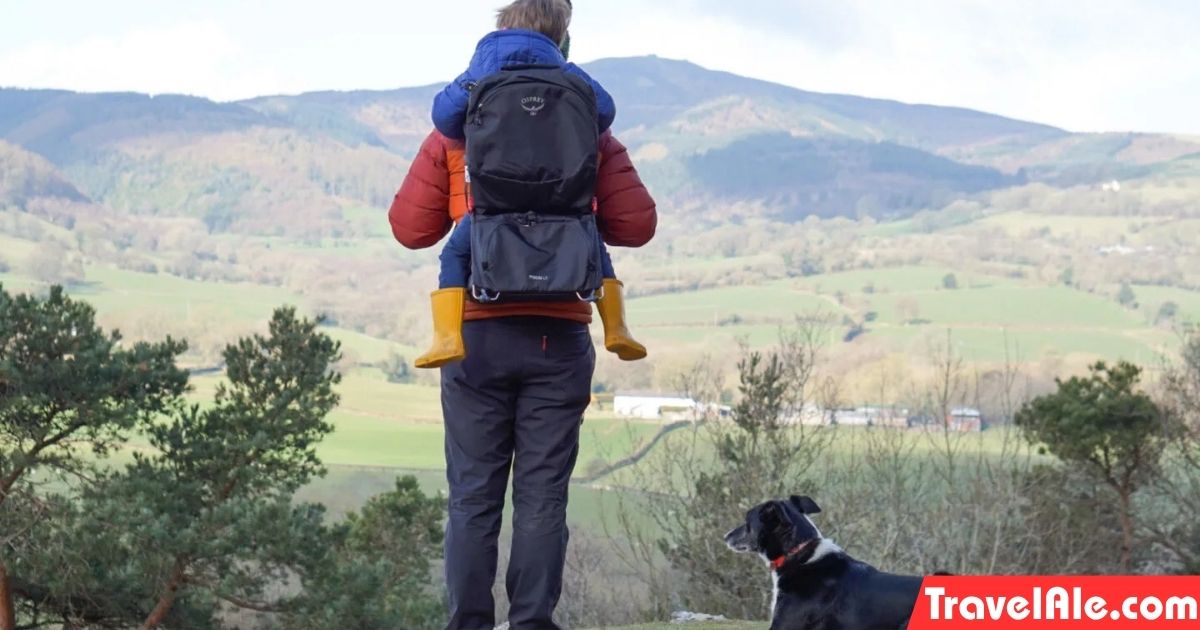
Of course, no gear is perfect. At 7lbs 14oz, it’s the heaviest of the Poco models, though the extra storage justifies it for me. Some find it uncomfortable, so always try out a hiking carrier first. The foot holes are small for kid’s boots, and the handle sometimes bumps my head—a clear design flaw. It’s expensive, but worth it for how much I use it (or check Facebook Marketplace for a used option).
Common Questions Answered
-
Age? Wait until your baby has neck control and can sit up (around 6 months old).
-
Poco vs. Poco Plus? The Plus has more gear storage (26L vs. 20L), zippered hipbelt pockets, and a Fit-On-The-Fly hipbelt for adjustment and better weight distribution. The regular Poco is slimmer, better for shorter hikes or crowded areas, and costs $30-$40 less.
-
Collapsible? Yes—unbuckle the red buckles and use the grey connectors to fold it for storage or travel (there’s even a travel case).
-
Weight limit? 48.5 pounds (including child, carrier, and gear). The carrier itself weighs 7.9 pounds.
-
Cleaning? Spot-clean with Nikwax Tent and Gear Solarwash, toss the drool bib in the wash, or soak the whole carrier in the bathtub with Nikwax Tech Wash.
